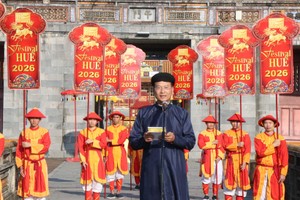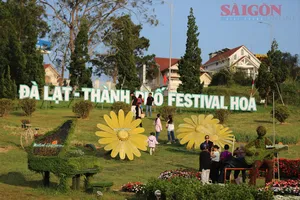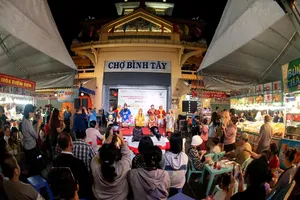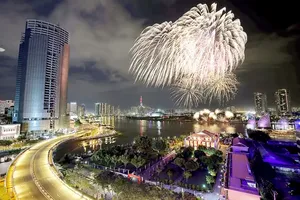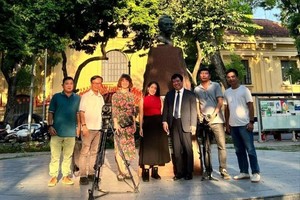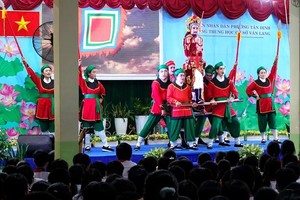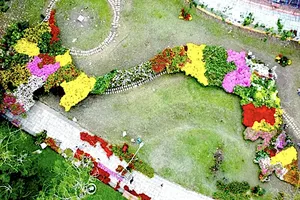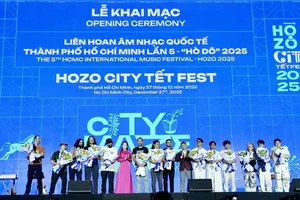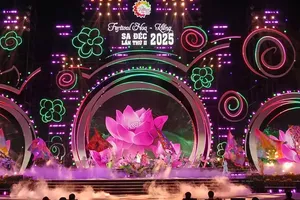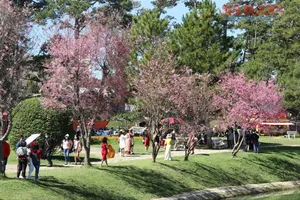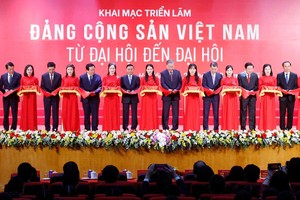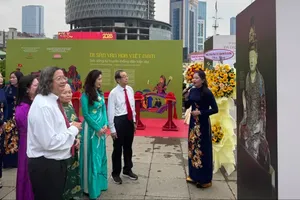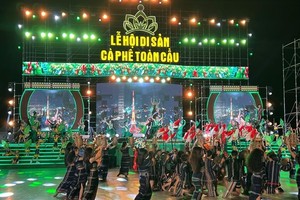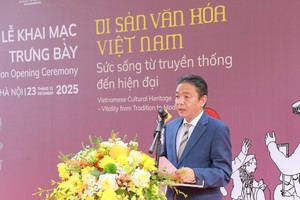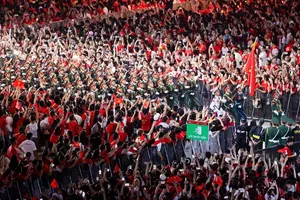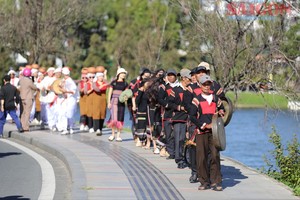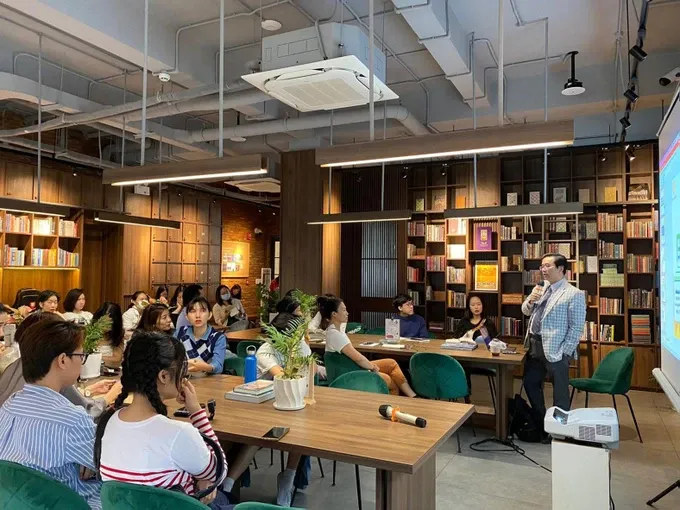
Globally, creative spaces have emerged as pivotal hubs where artists, creative entrepreneurs, business owners, and startups converge to exchange ideas and collaborate on innovative projects. These models not only reflect a diversity of approaches to culture and art but also play a crucial role in fostering local creative communities, extending their influence to regional and international levels.
In Vietnam, the concept of creative spaces gained traction from 2014 and has become increasingly prevalent since 2016. The number of domestic creative spaces surged from 40 in 2014 to an estimated 200 by the end of 2023.
Notable examples include Hanoi Creative City – offering versatile spaces for art, creative business, and extended cultural exchanges, both indoors and outdoors; and Hanoi Grapevine – a digital platform providing comprehensive information and in-depth reviews on cultural and artistic events across Vietnam.
Grounded in local identity, these creative centers are driving the evolution of art and culture through innovative and diverse approaches in the context of globalization and digitalization at present.
HCMC, a leading city in Vietnam for creativity and culture, possesses the infrastructure and human resources to become a major creative hub based on its rich identity (also known as location identity).
The city's over 300-year urban development has contributed to the creation of unique and distinctive creative spaces here. The 300-year legacy of Saigon-Cholon is evidenced in the city's seven public museums, several specialized museums, and private art galleries. The city also boasts dozens of traditional and contemporary folk festivals, a rich tapestry of traditional art forms, including several recognized as intangible cultural heritage.
Furthermore, there are over 170 nationally and locally classified historical and cultural sites, and over 100 structures and locations listed in the historical and cultural heritage inventory. Additionally, tens of thousands of research papers and hundreds of thousands of media materials are housed in various libraries and archives.
Tran Van Phuong, from the HCMC Development Research Institute, highlights the potential of leveraging the city's diverse communities to create unique creative spaces. With several existing spaces that have formed their own distinctive local identities, such as apartment complex 86/1 in Binh Thanh District, where over 200 Cham people reside or the Chinese communities in Districts 5 and 6, HCMC should provide support in guiding the development and management of these spaces. This support will help communities understand the concept of creative spaces and the benefits they can bring.
"HCMC’s developmental history is intrinsically linked to the formation of a diverse yet culturally harmonious community. This diversity is evident in the daily lives of the city's inhabitants and is deeply embedded within its tangible and intangible cultural heritage. This historical and cultural sediment serves as a rich reservoir of inspiration and material for creativity across various cultural and artistic domains, particularly in the heritage and cultural tourism sectors. It facilitates the creation of unique cultural and creative spaces within the urban fabric, simultaneously providing a wellspring of inspiration and material for literary and artistic endeavors, such as painting, music, film, theater, and cinema, as well as cultural products that promote the city."
Dr. Nguyen Thi Hau, Secretary-General of the HCMC Association of History Science
